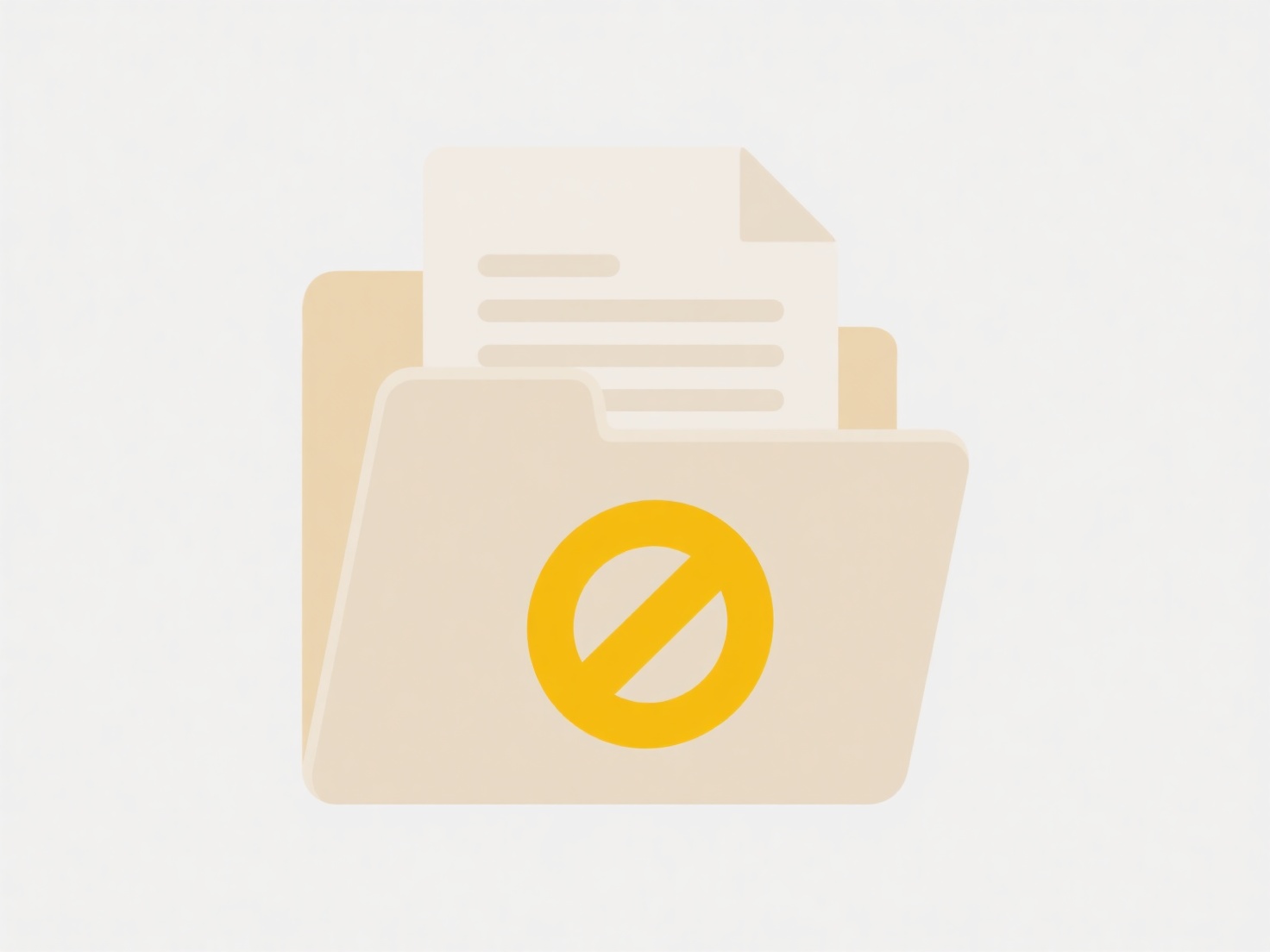
Creating subfolders involves making folders within existing folders to establish a hierarchical file structure. This improves organization by grouping related files together into logical categories. Think of a main folder as a drawer, and subfolders as dividers inside that drawer sorting items. It helps you move beyond a flat list of files in a single location. For instance, instead of having all project files in one folder, you might create subfolders for documents, images, and reports within the main project folder.

A common practical use is organizing large projects. Within a main "2024 Campaigns" folder, create subfolders like "Marketing Collateral," "Budget Sheets," and "Event Photos." Personal file management also benefits; a "Finances" folder might contain subfolders for "Tax Documents (2023)," "Bank Statements," and "Investment Receipts." Most operating systems (Windows File Explorer, macOS Finder, Linux file managers) and cloud storage platforms (Google Drive, Dropbox, OneDrive) offer easy right-click options to create new subfolders.
The main advantage is dramatically faster file location and reduced clutter. It prevents overwhelming users with hundreds of files in one place. However, creating too many layers deep (subfolders within subfolders excessively) can make navigation cumbersome. Future developments in AI might offer automated suggestions for subfolder structures based on content, but the core manual approach remains fundamental for digital organization due to its simplicity and direct user control.
How do I create subfolders for better organization?
Creating subfolders involves making folders within existing folders to establish a hierarchical file structure. This improves organization by grouping related files together into logical categories. Think of a main folder as a drawer, and subfolders as dividers inside that drawer sorting items. It helps you move beyond a flat list of files in a single location. For instance, instead of having all project files in one folder, you might create subfolders for documents, images, and reports within the main project folder.

A common practical use is organizing large projects. Within a main "2024 Campaigns" folder, create subfolders like "Marketing Collateral," "Budget Sheets," and "Event Photos." Personal file management also benefits; a "Finances" folder might contain subfolders for "Tax Documents (2023)," "Bank Statements," and "Investment Receipts." Most operating systems (Windows File Explorer, macOS Finder, Linux file managers) and cloud storage platforms (Google Drive, Dropbox, OneDrive) offer easy right-click options to create new subfolders.
The main advantage is dramatically faster file location and reduced clutter. It prevents overwhelming users with hundreds of files in one place. However, creating too many layers deep (subfolders within subfolders excessively) can make navigation cumbersome. Future developments in AI might offer automated suggestions for subfolder structures based on content, but the core manual approach remains fundamental for digital organization due to its simplicity and direct user control.
Related Recommendations
Quick Article Links
How do I convert camelCase to snake_case in file names?
What is camelCase and snake_case? CamelCase combines words without spaces, capitalizing each word except the first (e.g....
What is a “shared with me” folder and how does it work?
A "Shared with Me" folder is a central location within cloud storage services (like Google Drive or OneDrive) that autom...
What is the best format for archiving long-term?
Long-term archiving focuses on preserving digital information reliably for decades or centuries, prioritizing stability,...